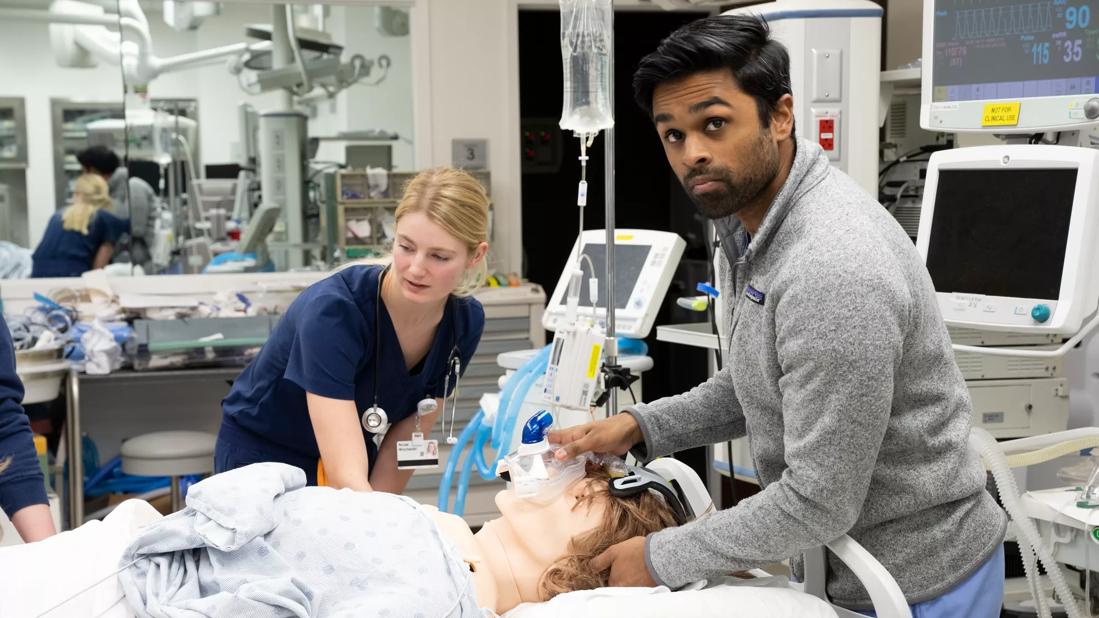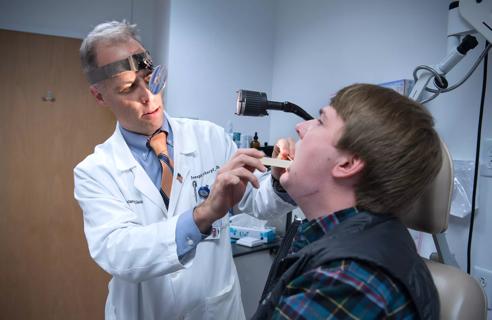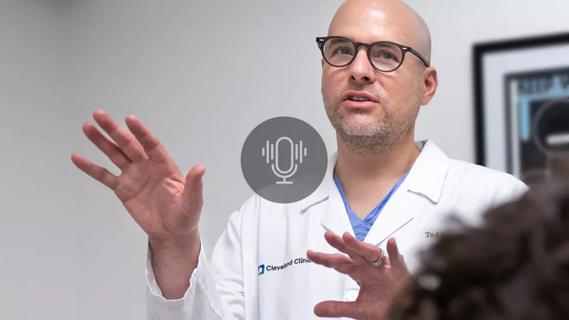Special course helps ready new physicians

For new otolaryngologists, gaining airway access can be one of the most challenging parts of patient care. Five years ago, the Head & Neck Institute saw the need to provide further training on this procedure and began offering a course for otolaryngology residents. Today, this annual five-hour course incorporates interactive lectures, skills stations and high fidelity simulations. Staff involved in the training include adult and pediatric otolaryngologists and anesthesiologists.
Advertisement
Cleveland Clinic is a non-profit academic medical center. Advertising on our site helps support our mission. We do not endorse non-Cleveland Clinic products or services. Policy
The Difficult Airways course is offered at the Simulation and Advanced Skills Center on Cleveland Clinic’s main campus. This year, it was expanded to include other local first and second year otolaryngology residents.
Stations include basic laryngoscopy, flexible fiberoptic intubation, pediatric bronchoscopy with foreign body retrieval, and surgical airway using pig larynges. The high-fidelity simulations put residents in an operating room, emergency room, or ICU setting, and include pediatric subglottic balloon dilation, epiglottitis, dislodged tracheostomy tube, angioedema, Pierre Robin and a tonsillectomy bleed.
“Each scenario includes checklists and is followed by a debriefing,” says otolaryngologist Kyra Osborne, MD, who helped to develop the curriculum. “This is one of the most important aspects of the simulation because we can provide constructive feedback to residents.”
She adds: “We have observed that this course truly enhances the residents’ skills and gives them the confidence they need to manage patients with difficult airway access.”
Advertisement
Advertisement

A deep dive into the evolution of surgical sleep therapy

A commitment to sharing expertise has fostered a global exchange of ideas

How a new clinic is helping to streamline evaluations for patients

A multidisciplinary approach and individualized plan of care are imperative

Insight on larynx disorders and treatments

Novel procedures provide options for patients who can’t tolerate CPAP

Research on children with UHL explores the quality-of-life benefits and outcomes of cochlear implants

A look at how custom-fitted oral appliances work and when they’re a good fit for patients